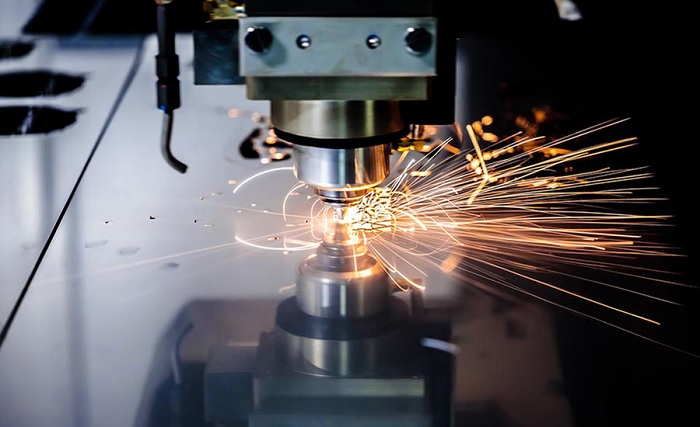Laser engraving is a versatile and precise method for marking or etching various materials. As laser technology continues to advance, its applications have become increasingly widespread, particularly within the engraving industry. However, with this powerful technology comes an essential responsibility: ensuring the safety of both operators and the environment.
In this comprehensive guide, we explore the critical aspects of laser safety and compliance that are paramount for laser engraving businesses.
Understanding Laser Classifications
Lasers are categorized into different classes based on their potential to cause harm. In the UK, these are primarily divided into Class 1 to Class 4, with Class 1 being the safest and Class 4 posing the highest risk. Laser engraving machines typically fall into Class 2, Class 3, or Class 4. Understanding the classification of your laser is the first step toward establishing a safe working environment.
The Importance of Training
Ensuring that operators are appropriately trained is a fundamental component of laser safety. Training should cover the understanding of laser classifications, the potential risks involved, and the safe operating procedures that need to be followed. Moreover, continuous education should be a priority, ensuring that staff are up to date with the latest safety protocols and regulations.
Personal Protective Equipment (PPE)
For those operating Class 3 and 4 lasers, PPE is essential. This may include safety goggles that are specifically designed to protect eyes from the laser’s wavelength, flame-resistant lab coats, and gloves. Investing in high-quality PPE is a critical step in protecting operators from potential harm.
Ventilation and Air Quality
Laser engraving can produce fumes and particles that may be harmful if inhaled. Therefore, adequate ventilation is crucial. Installing an exhaust system that directs fumes outside the workspace and utilizing air filters can significantly improve air quality. Regular maintenance checks should be performed to ensure these systems are working efficiently.
Regulatory Compliance
In the UK, The Health and Safety Executive (HSE) is responsible for enforcing safety regulations regarding lasers.
Businesses must adhere to the Control of Artificial Optical Radiation at Work Regulations 2010, which sets out the requirements for protecting workers from exposure to artificial optical radiation, including lasers. Compliance with these regulations is not only a legal obligation but also an essential aspect of running a responsible and safe business.
Risk Assessment and Safety Protocols
A detailed risk assessment should be conducted before any laser operation. This involves identifying potential hazards, evaluating the risks they pose, and implementing measures to control these risks. Safety protocols should be established, clearly documented, and communicated to all staff members. Regular reviews of these protocols ensure they remain effective and up to date.
The Engraving People: A Case in Point
The Engraving People, a UK-based laser engraving business, exemplifies the significance of prioritizing safety and compliance. They invest in ongoing staff training, regular equipment checks, and high-quality PPE, thereby illustrating a commitment to not only the well-being of their team but also to the integrity and reputation of their business.
This proactive approach to safety and compliance sets a standard that other businesses in the industry would do well to follow.
Emergency Response Plan
In the event of an accident or equipment failure, a well-documented and practiced emergency response plan is vital. This should outline the steps to be taken, including shutting down the laser system, administering first aid, and notifying relevant authorities if necessary. Regular drills and training sessions should be conducted to ensure all staff members are familiar with this plan.
Conclusion
Laser engraving is an incredible technology with a myriad of applications, but it comes with inherent risks that must be responsibly managed. By prioritizing safety training, investing in appropriate PPE, ensuring proper ventilation, and rigorously adhering to regulatory compliance, laser engraving businesses can protect their staff, their customers, and their reputation.
As demonstrated by The Engraving People, a commitment to safety and compliance is not just about fulfilling legal obligations; it is a hallmark of a professional and conscientious business.
In this rapidly evolving industry, staying informed and proactive in the areas of safety and compliance is not only smart—it’s essential.
HussaiN is a full-time professional blogger from India. He is passionate about content writing, tech enthusiasts, and computer technologies. Apart from content writing on the internet, he likes reading various tech magazines and several other blogs on the internet. Email ID: arrowtricks.pvt@gmail.com


0 Comments